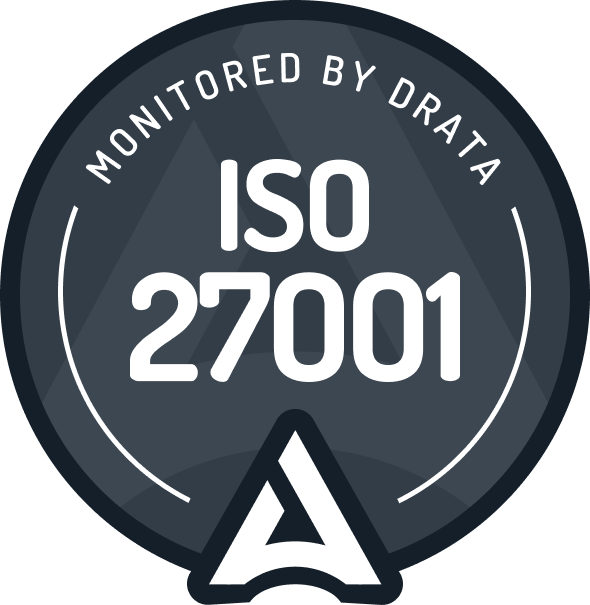Where Early Learning Payroll Often Goes Wrong

Payroll compliance is complex. With thousands of employees using timesheets, tight pay cycles, changing laws, and layers of enterprise agreements or awards, it’s easy for mistakes to happen. These often lead to underpayments, risk exposure and a heavy admin load.
While every industry faces its own set of challenges, early learning providers deal with a mix of factors that make getting payroll right challenging and proving compliance even harder.
We’re sharing these insights to help providers take a closer look at how their payroll works. Finding problems early helps avoid risk, reduce costly fixes and stay compliant.
Here are three common payroll issues we see in the PaidRight platform.
1. Overtime Complexity
Overtime is one of the most common pressure points in payroll compliance. With staff working irregular hours, attending meetings outside their rostered shifts, or covering last-minute needs, it’s easy for overtime rules to be missed or misapplied, especially when layered awards and enterprise agreements come into play.
We regularly see payroll teams grappling with multiple overlapping clauses across awards and enterprise agreements. Risks often arise around:
- Average weekly working hours
- Minimum daily engagements (per shift vs per day)
- After-hours staff meetings
- Split shifts
- Maximum daily hours
- Work performed outside the ordinary span of hours
Even with the best intentions, these layers of complexity have made it a challenging task for payroll functions to consistently calculate pay in alignment with their interpretation.
A real example of an issue we have seen:
At one organisation, 8% of the workforce were impacted by a system error that failed to align with the correct interpretation of the Children’s Services Award. Employees were working outside of their ordinary span of hours, but the system didn’t trigger overtime rates as required under the award.
Instead, their additional time was treated as ordinary hours, leaving a gap in their pay. This resulted in a $1,000 underpayment variance in just a fortnight.
2. Broken Shifts
Allowances can be just as tricky as overtime, especially when it comes to split shifts and after-hours work. In the early learning sector, one area that often causes confusion is the broken shift allowance.
We regularly see uncertainty around how this allowance should apply, particularly when educators work split shifts or attend meetings outside their normal hours. A common example is a team meeting held after a regular shift; while this scenario could trigger the allowance under the award, many providers aren’t confident their systems are applying it correctly.
This lack of clarity can lead to inconsistencies in pay, often without anyone realising. We’ve seen this play out across a number of providers, showing just how important it is to align payroll system logic with the real-world intent behind rostering decisions.
3. Gaps in Leave Data
Accurate leave tracking is a major blind spot in payroll compliance. Small errors often go unnoticed until a large-scale remediation brings them to light.
We’ve seen issues around:
- Annual leave applied but not updated in the timesheets
- Leave recorded for shift workers without start and end times.
- Entire leave days missing from the system.
These gaps in data create downstream payroll errors and make it harder to stay compliant, especially when entitlements vary based on shift length, type or ordinary hours.
In one recent example, unpaid leave had been correctly approved and recorded in the pay system, but it was not reflected in the timesheets. This mismatch made it look like employees had been underpaid.
Because the organisation uses PaidRight’s ongoing compliance platform, PayPrecision, they were able to quickly find and fix the error by updating the timesheets. If left unresolved, the discrepancy would have appeared as a seven thousand dollar underpayment in just one fortnight, and would have been difficult to prove as a record keeping error.
If you’re seeing similar challenges, you’re not alone.
Many early learning organisations come to PaidRight after spending months trying to build complex manual processes that don’t scale and don’t actually work.
Our platform acts as an independent check across your entire payroll, monitoring for errors and variances so you can fix issues early and demonstrate that you’re getting it right.
Want to know how we can support your team?




.png)


.png)













.webp)

.webp)